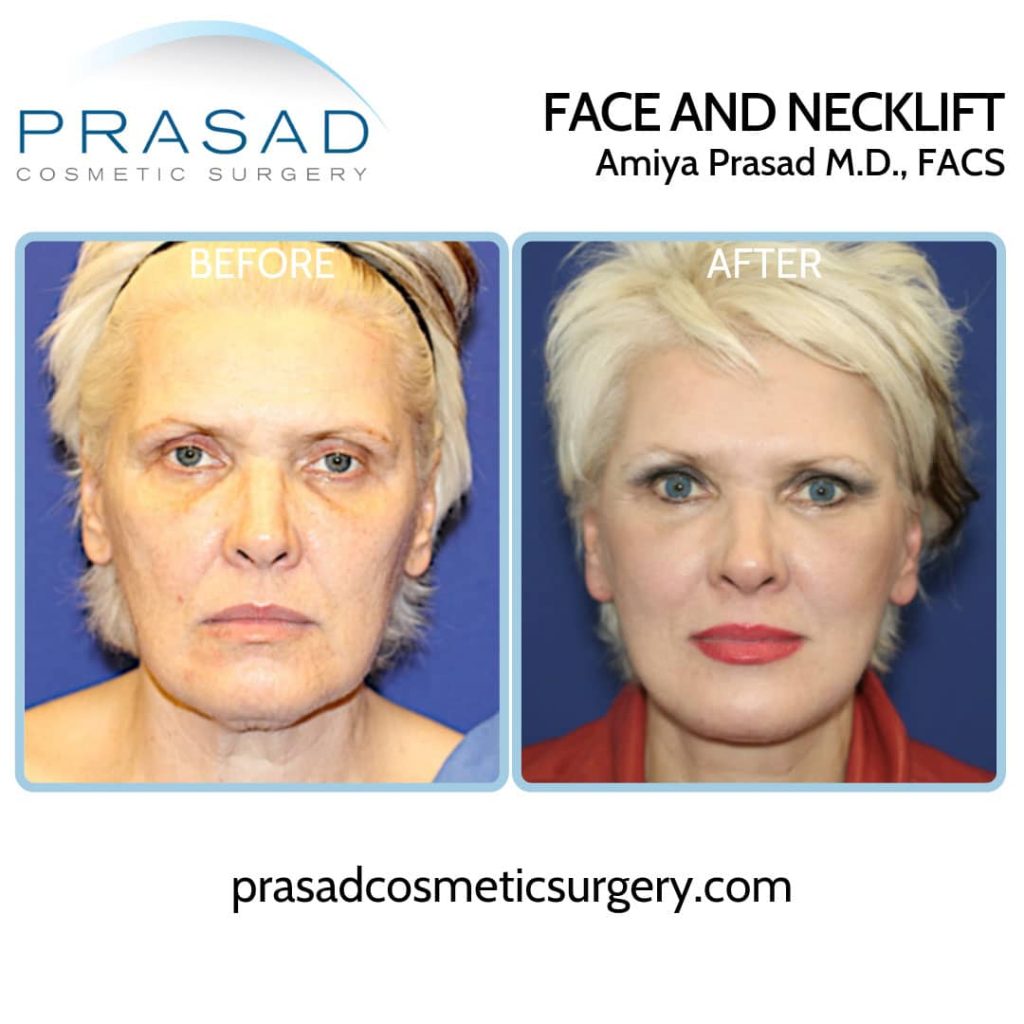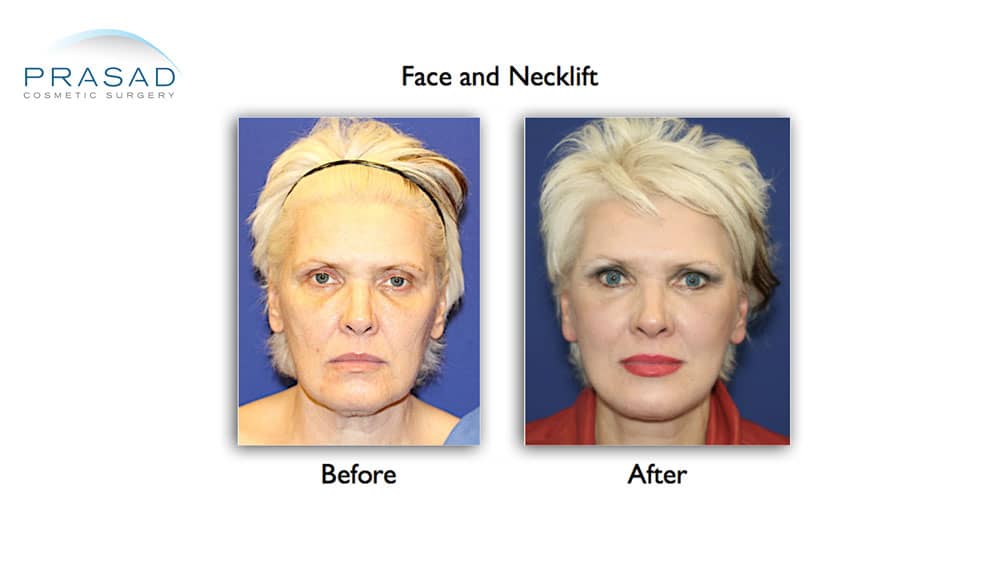“What is the best lower face lift technique?” is the type of question that people who perform this type of surgery have been asked for decades. The best technique does not really exist because the human body is so variable.
As a background to my experience, I’m a Board-certified cosmetic surgeon as well as a Fellowship-trained oculofacial plastic and reconstructive surgeon. I specialize in making people look younger, particularly in the area of facial aging, so I perform all of these procedures. I’ve been in practice in Manhattan and Long Island for over 25 years, treating patients from all over the world.
Lower Face Lift Before and After
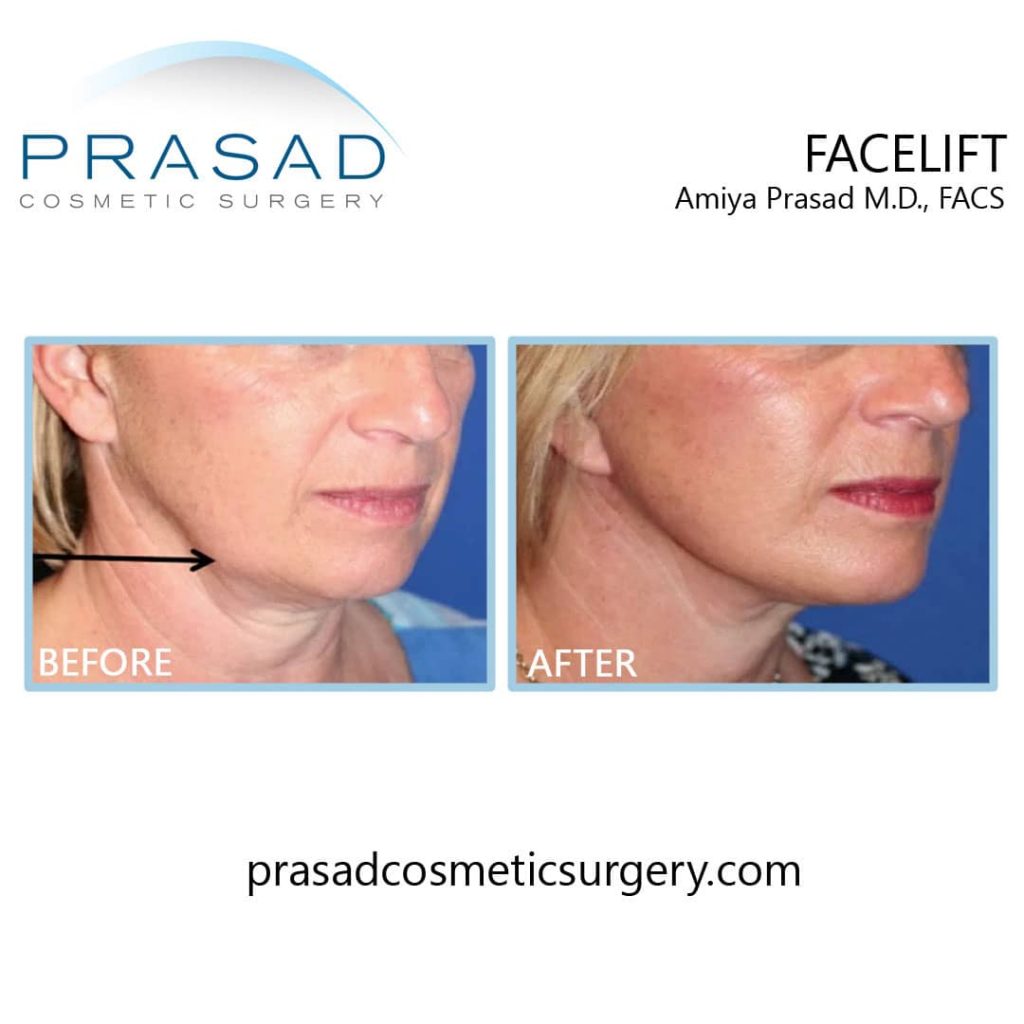
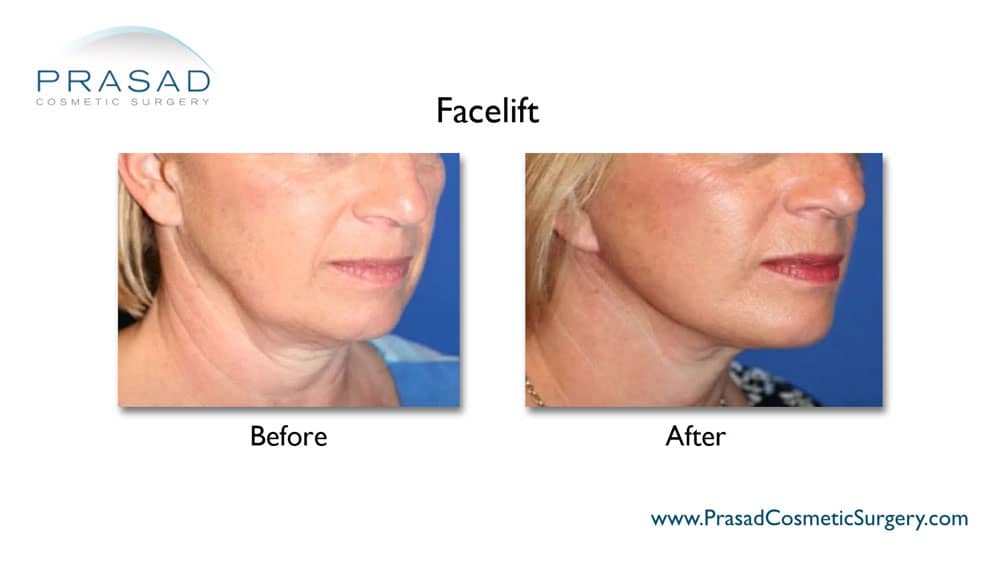
I can say that the marketing aspects of face lifting surgery further complicate matters, and there are doctors who claim that they only do deep plane facelifts, implying that other doctors who don’t do those procedures, or are doing something more complicated than other doctors who aren’t as brilliant as they are, which is simply not the case.
All types of facelifts can be performed by any surgeon who performs face lifting surgery, and is properly trained, and experienced. At a certain level and experience, you really are customizing even more because you are using your knowledge and experience to get the best result for that patient.
There is something missing in the equation as to why people get recurring jowls, and there are a few possibilities. The limitations of face lifting are due to the realities of what factors contribute to facial aging. Facial aging is basically two things: volumetric loss (loss of bones, muscle, fat, and soft tissues) and sagging, descent, and soft tissue weakening. That means you’re lifting against a structure with less volume and lifting with more elastic tissue.

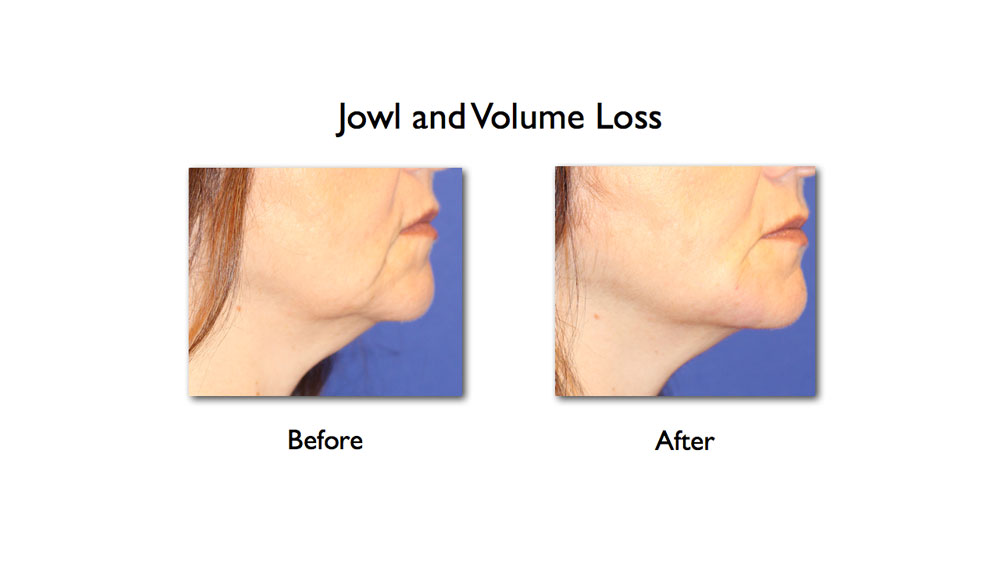
A colleague once said that the skin is like taffy so it is very stretchable, so whether you go very deep or very superficial, you are still lifting the foundation of the face known as the SMAS. The weakest link in the chain, however, is tissue quality. As a result, there is always some regression, and the skin in the neck can stretch slightly. When you move your head up and down, it stretches a little. The face will stretch slightly as a result of the normal movement expression.
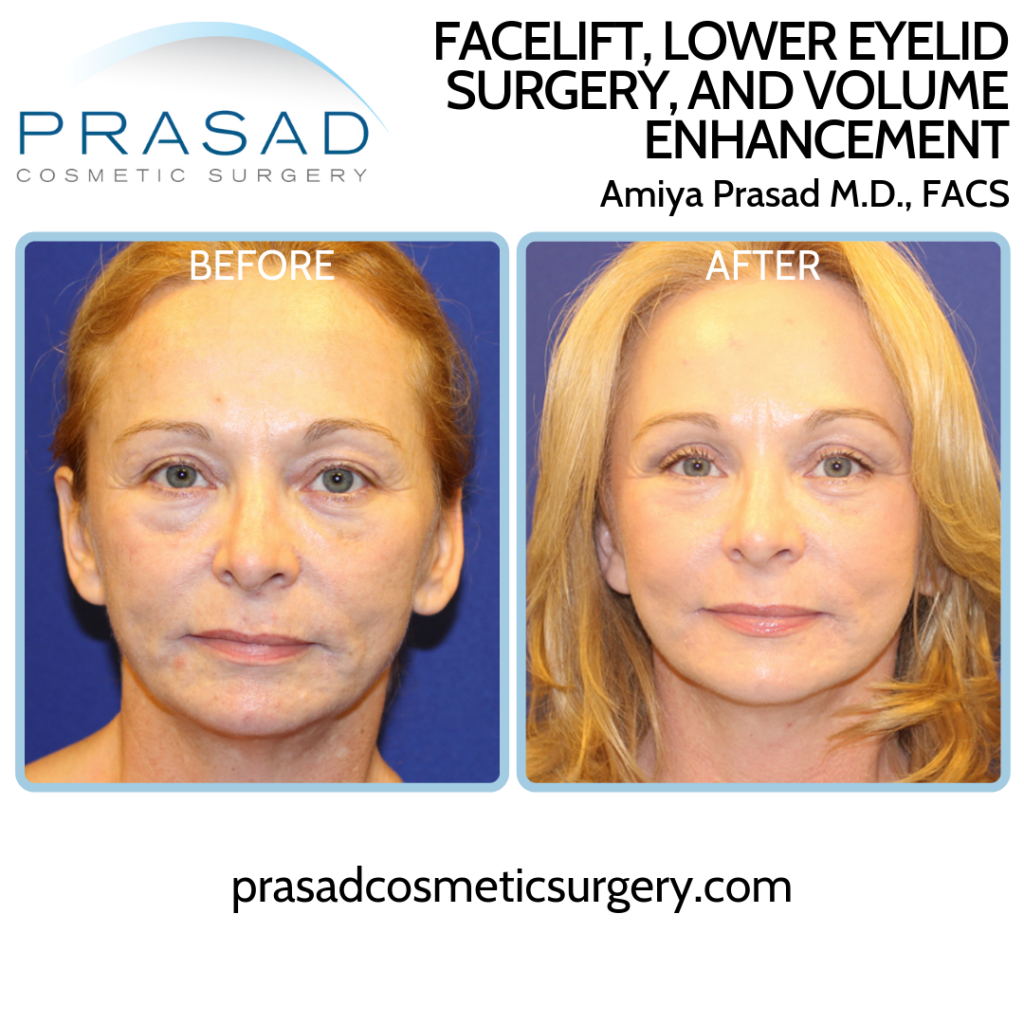
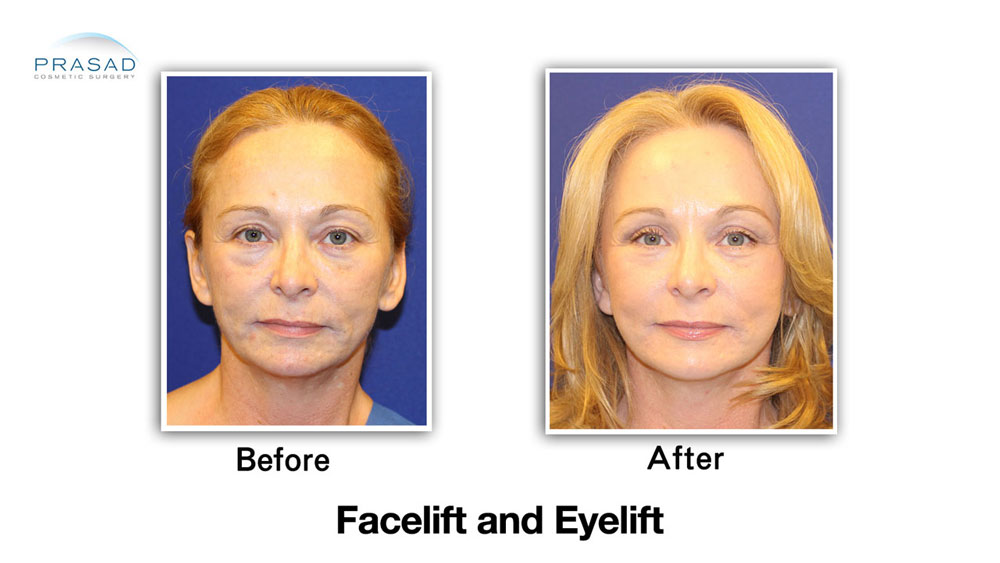
Lower Facelift Procedure
So I tell my patients that if they are candidates for a facelift, my job is to reposition and put everything back where it belongs, but that doesn’t mean volume correction isn’t an option. Volume correction can now be accomplished through the use of chin and cheek implants to restore volume. Volume correction can also include the use of fillers, structural volumizing, and the placement of thicker hyaluronic acid filler at deeper levels so that volume can be restored after the facelift.
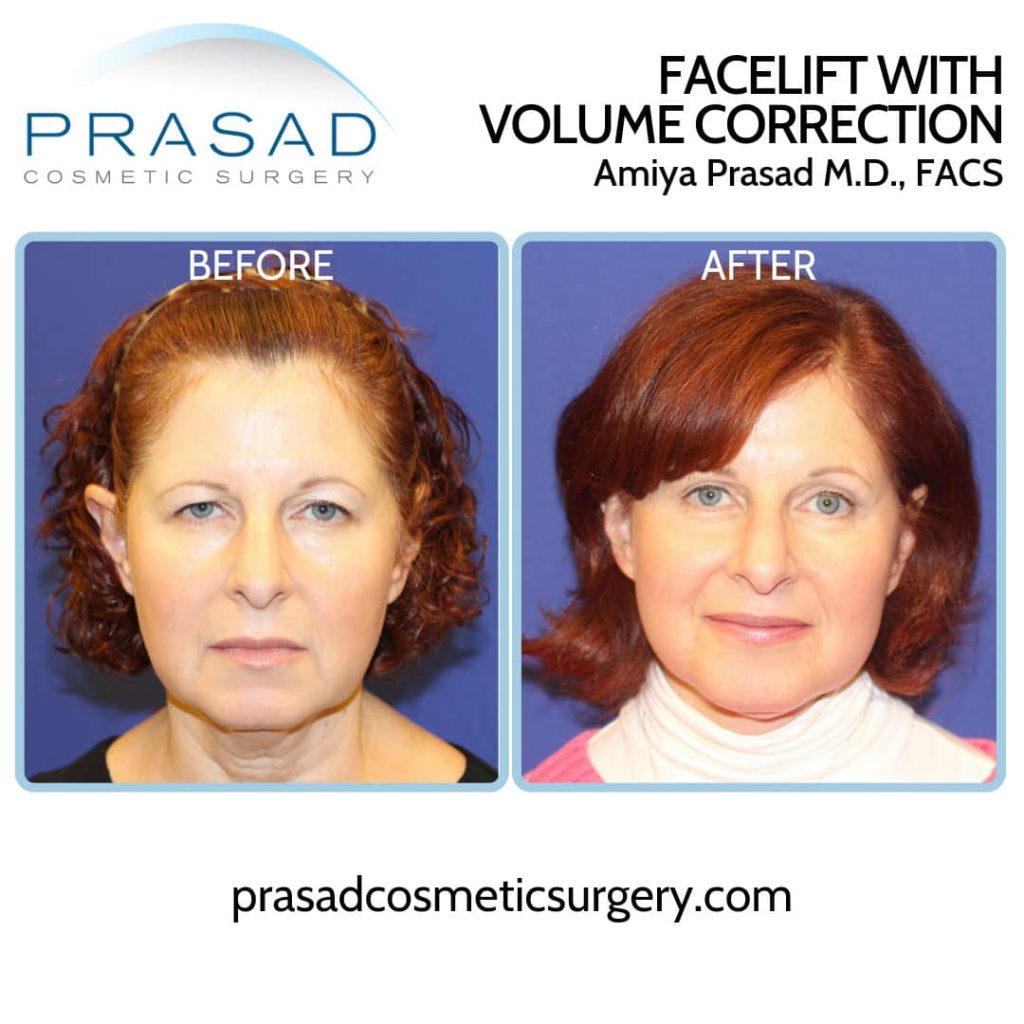

I would perform a limited facelift in conjunction with injectable fillers to restore volume. There is a lot of art in this type of practice, as well as a lot of finesse, variation, and the personal style of different doctors. Imagine if there was only one way to do the best job possible, and everyone would do it exactly the same way, which is simply not the case. There is one way to do a facelift, and the best way to be sure is that someone who has received training in this field will do exactly that. I think what you are dealing with is just the elasticity of the human body, and the variabilities in the ways we can lift the face and neck area.
If you’re interested in a facial procedure, I recommend meeting with different doctors, exploring different options, and learning about different anesthesia scenarios. Every doctor approaches this with the goal of doing the best job they can with the knowledge and experience they have, and there are issues when doctors engage in turf battles and disparage other doctors by claiming they are more capable or qualified.
